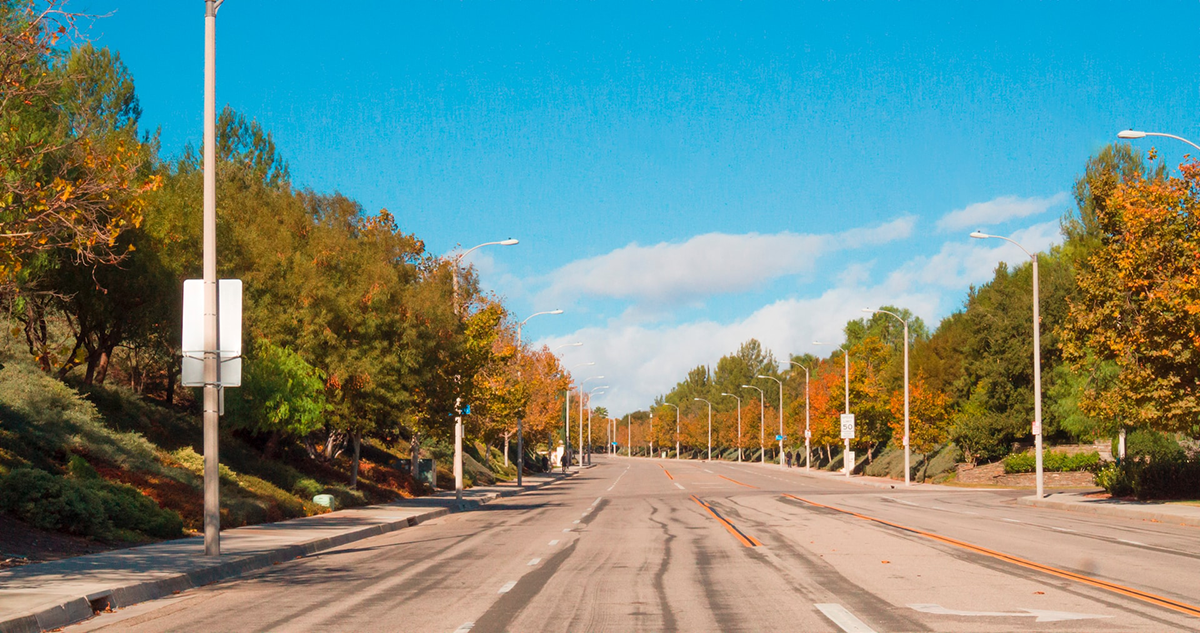Santa Clarita’s rich tapestry of history is rooted in the ancient lands of the Tataviam and Chumash tribes, whose cultural imprints remain part of the city’s heritage.
The Spanish colonization introduced the mission system, forever altering the region’s trajectory and laying the groundwork for a diverse community.
The Rise of a Community: From Outpost to Township
The establishment of Mission San Fernando in 1797 marked the advent of permanent settlements in the area.
Later, the Mexican land grants fostered a ranching culture that would dominate the landscape until American settlers arrived, bringing new dreams and the promise of progress.
A New Frontier: The Boom of the Railroads and Oil
When the Southern Pacific Railroad was complete through the valley in the late 19th century it catalyzed Santa Clarita’s development.
The discovery of gold and later oil propelled the area into an economic boom, with the burgeoning industry shaping the region’s identity and fortunes.
Hollywood’s Backlot: The Allure of the Silver Screen
With its scenic landscapes, Santa Clarita became a favored location for early Hollywood filmmakers.
This relationship with the film industry gave rise to a unique cultural dimension, intertwining the city’s story with the glamour and storytelling of cinema.
Modern-Day Santa Clarita: A Vision of Suburban Excellence
Today, Santa Clarita stands as a model of suburban planning, boasting a thriving economy, a commitment to education, and an unparalleled quality of life.
It’s a city that honors its past while looking ahead to a future filled with possibility and innovation.
Q&A: Exploring the Layers of Santa Clarita’s Heritage
Q: How have Santa Clarita’s native roots influenced its modern identity?
A: Santa Clarita’s native roots have instilled a respect for natural landscapes and traditions, influencing community events and the preservation of historical sites.
Q: What role did the Mexican land grants play in shaping the area?
A: The land grants established the ranching economy that was central to the region before the American settlers arrived and introduced more diversified agricultural practices.
Q: How did the discovery of oil impact Santa Clarita’s growth?
A: The oil industry brought wealth and workers, spurring the development of infrastructure and housing that transformed Santa Clarita into a burgeoning economic center.
Q: In what ways did Santa Clarita’s connection to Hollywood shape its culture?
A: The film industry’s presence bolstered Santa Clarita’s economy and created a unique cultural identity that continues to attract tourism and entertainment ventures.
Q: What makes Santa Clarita an example of successful suburban planning?
A: Santa Clarita’s careful city planning, focus on public safety, and investment in public amenities have created a community that balances growth with livability.
Q: As Santa Clarita grows, what challenges does it face, and how is it addressing them?
A: Challenges such as managing sustainable growth and maintaining community character are being met with proactive environmental policies, smart development strategies, and ongoing civic engagement.
Santa Clarita’s Melodic Progression
Santa Clarita’s history is a melodic progression of change and continuity, from its early indigenous and ranching days to its current status as a vibrant and sought-after place to live.
Each era of its past has contributed a verse to the city’s unfolding song, creating a harmony that resonates with residents and visitors alike. As Santa Clarita looks to the future, it does so with a chorus of community voices that are as dedicated to preserving the city’s storied past as they are to composing its bright future.
What new melodies will Santa Clarita add to its historic symphony, and how will the echoes of its history inspire the rhythms of tomorrow?





